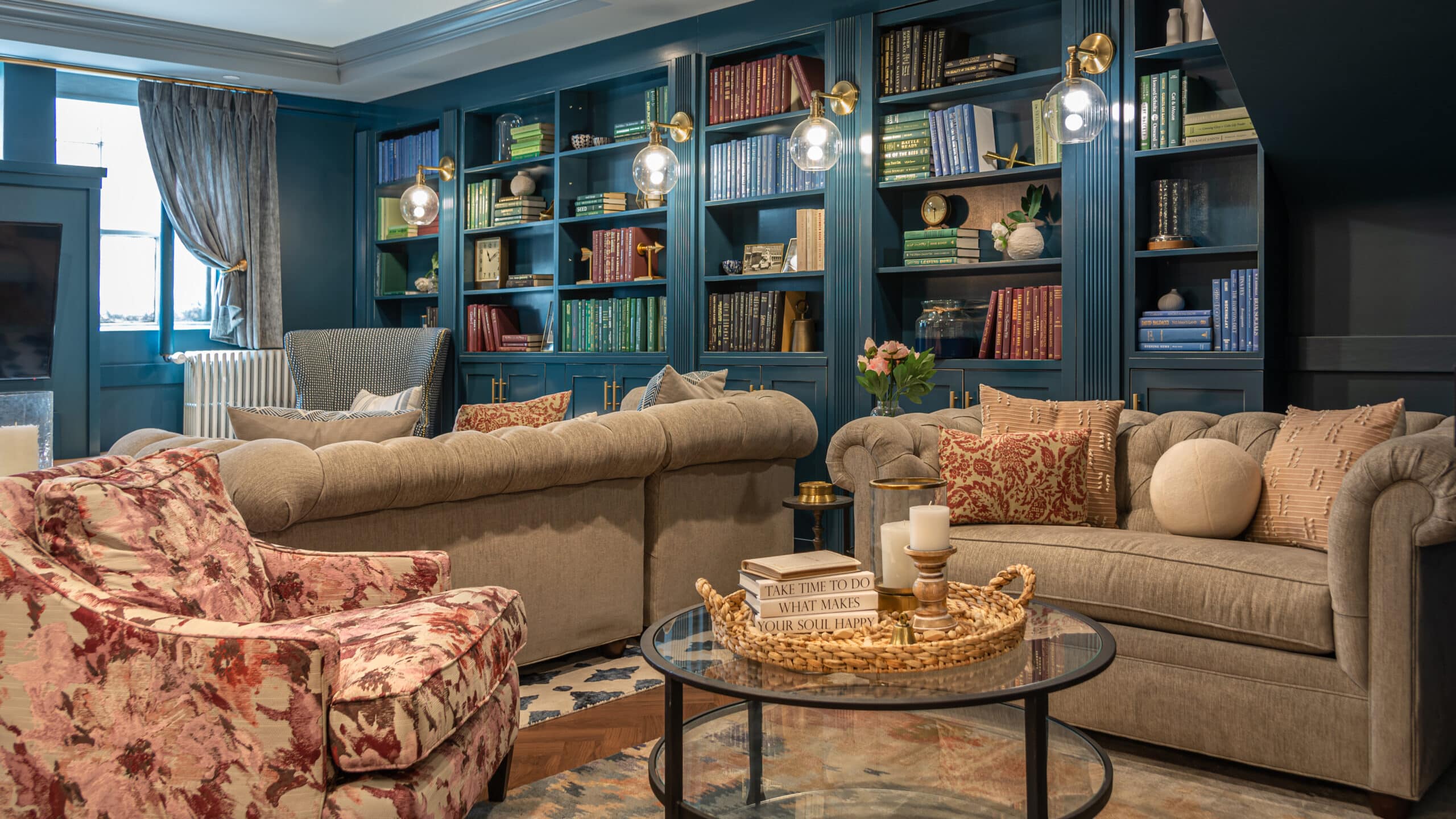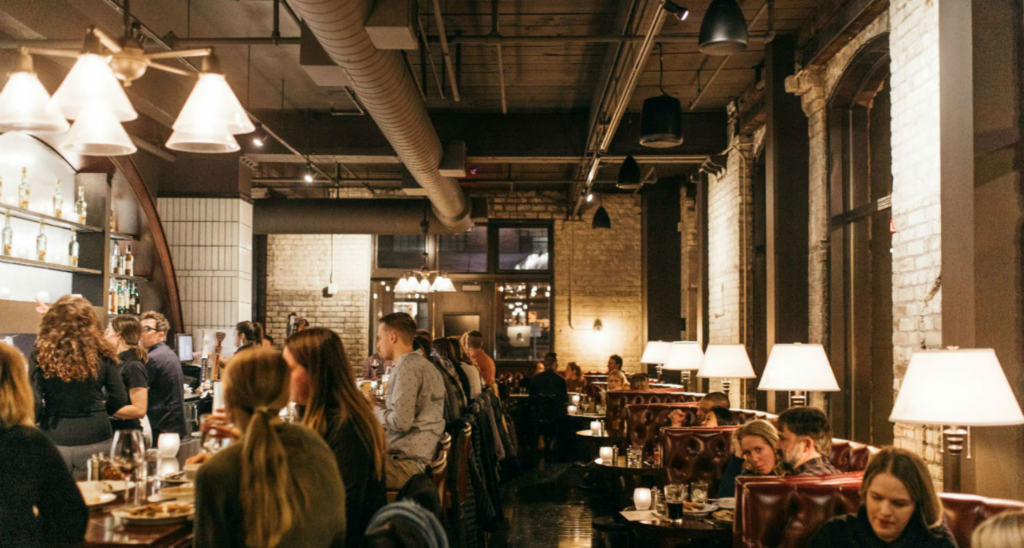At Shea, we pride ourselves on staying on top of what’s happening in design and industry news so that you don’t have to – and we pull what’s smartest and most forward-thinking together to save you the time of sifting through it all. It helps us keep tabs on what’s fresh, inspiring, and happening in the world – and we make a few headlines of our own, too.
Sorority houses are undergoing extensive renovations to aide in recruiting new members and compete with luxury apartments. While not all are multi-million-dollar projects like the ones in The Wall Street Journal, the heightened focus on high-end amenities and stylish design reflects broader trends in student housing and university investments.
Check out our project with the University of Minnesota’s Pi Beta Phi sorority
Motels Are Having a Moment – New York Times
Stylish, boutique-style motels are the latest sought-after accommodations for road-trippers as renovations of the properties continue to rise. The updated designs often blend modern amenities with retro charm, attracting travelers seeking unique and affordable experiences.
Last month, we featured an article about weird popcorn buckets. This month, it’s a weird pizza box getting our attention – just another example of how people notice every touchpoint of a brand.
Pickleball Pandemonium: The hottest places to play pickleball in the Twin Cities – Minnesota Monthly
Pickleball continues to grow as a sport across the U.S., and we’re lucky to have some great places to play near our home base in Minneapolis. Minnesota Monthly rounded-up the top pickleball spots, and we’re proud to see the Shea-designed Pints & Paddle featured.
Ever Noticed How Airport Dining Options Have Gotten so Much Better? Here’s Why – Food & Wine
Airport dining has undergone a significant transformation, with major hubs now offering gourmet meals, specialties, and experiences that rival those found in top cities. As more big-name chefs, hospitality groups and local favorites join the airport scene, more travelers are leaving the snacks at home and arriving with enough time to grab a meal before takeoff.
The Hotelification of Offices, With Signature Scents and Saltwater Spas – The New York Times
As companies and business districts try to get workers back in the office, designs that resemble luxurious resorts, blending workspaces with leisure amenities like spas, cafes, and fitness centers are on the rise. The New York Times explores this “hotelification” of offices, a shift towards creating more inviting and relaxing environments to boost employee well-being and productivity.
Where Have All the Hotel Bathroom Doors Gone? – Thrillist
Elevated amenities have been a growing focus for hotels, yet one important amenity seems to be disappearing at some: a solid bathroom door. Thrillist seeks to find out why.
Recent Shea News:
Sioux Falls Hilton Garden Inn becoming Tapestry Collection Hotel
Animales Barbecue Co. Moving into Brick-and-Mortar Location
New Centro Roseville Location Opened Mid-August
Never Miss a Post
Sign-up to never miss one of our Curated, How We Create or Shea Ink posts:


